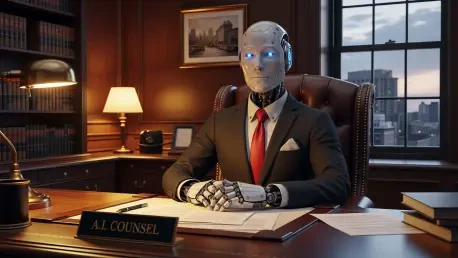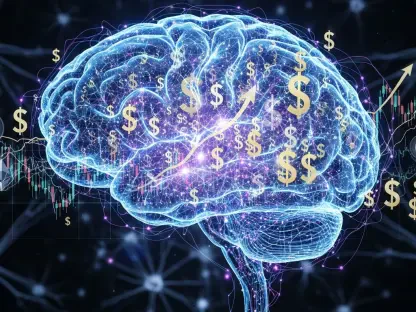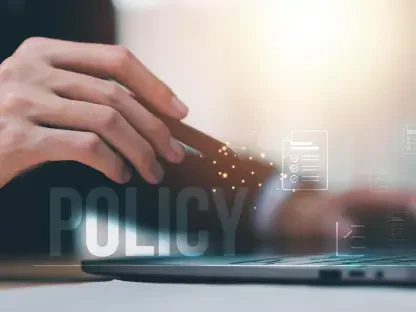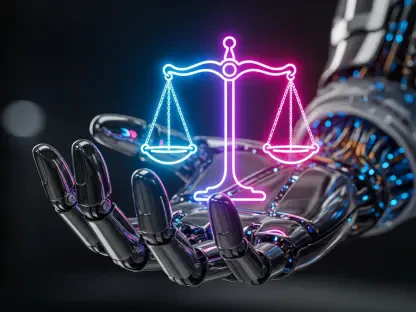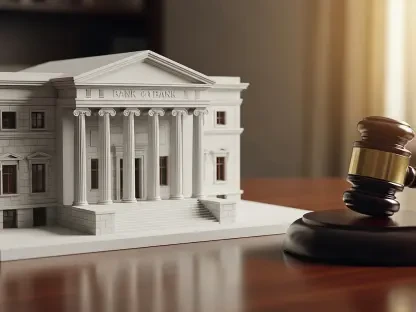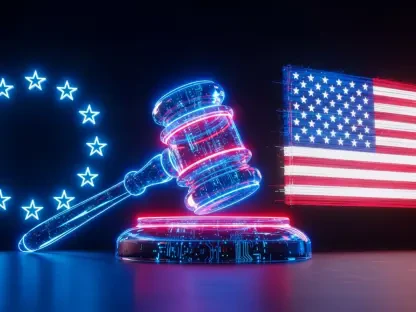Diving into the dynamic intersection of law and technology, we’re thrilled to speak with Desiree Sainthrope, a distinguished legal expert renowned for her deep expertise in drafting and analyzing trade agreements. With a sharp focus on global compliance and a keen interest in emerging fields like intellectual property and artificial intelligence, Desiree offers a unique perspective on how AI is reshaping the legal landscape. In this conversation, we explore the balance between creativity and technology in legal practice, the limitations of AI as a tool, and the critical role of original thinking in delivering justice for clients.
How do you define the concept of a “copycat lawyer,” and what makes you believe so many in the profession fall into this category?
I use the term “copycat lawyer” to describe those who rely heavily on precedent and existing frameworks without injecting much original thought into their work. I’d estimate that about 99% of lawyers operate this way, not because they lack skill, but because the legal system often rewards consistency over innovation. It’s safer to follow established paths—citing past cases, reusing templates, and sticking to well-trodden arguments—than to risk crafting something new. But this approach can limit the ability to address unique client needs or adapt to evolving societal contexts.
In what ways does AI reinforce this “follower” mentality within the legal field?
AI, by its very nature, is a follower. It’s built on historical data—our collective past—and it generates outputs based on patterns it recognizes from that data. Think of it like a musician playing cover songs; it can replicate and rearrange, but it’s not composing something fresh. In the legal world, this means AI often produces arguments or analyses rooted in what’s already been done, rather than pushing boundaries or anticipating new legal interpretations. It’s a powerful tool for repetition, but it amplifies the copycat tendency if lawyers lean on it too much.
Why do you say AI is anchored in the past, and how does this impact its ability to tackle modern legal challenges?
AI is anchored in the past because it relies entirely on historical data to function. It can’t predict or create based on what hasn’t been programmed into it or what hasn’t happened yet. This is a significant limitation when dealing with novel legal issues—like emerging tech disputes or unprecedented regulatory questions—where there’s no clear precedent to draw from. For instance, in cases involving new forms of digital intellectual property, AI might struggle to offer relevant insights because the context is too fresh for its dataset, leaving lawyers to fill those gaps with their own ingenuity.
You’ve likened AI to a hyper-functional law library. Can you elaborate on how it serves lawyers in this capacity?
Absolutely. AI is like a law library on steroids—it’s incredibly efficient at sifting through vast amounts of information, pulling up relevant cases, statutes, and legal documents in seconds. It can streamline tasks like contract analysis, due diligence, or even drafting initial pleadings by providing templates and references. This saves time and lets lawyers focus on strategy rather than getting bogged down in research. But it’s still just a resource; it supports the lawyer’s work, it doesn’t replace the need for a human to interpret, contextualize, and create a tailored approach for a client.
What are the potential downsides for clients if their lawyer depends too heavily on AI for creative aspects of their case?
When a lawyer over-relies on AI for creative thinking, clients are at risk of getting generic, outdated, or irrelevant solutions. AI can churn out arguments based on past cases, but if those don’t align with the current situation or the judge’s perspective, the client’s position weakens. Imagine a complex custody battle where nuanced emotional or cultural factors are at play—AI might miss those subtleties entirely. A lawyer who can think outside the box, crafting arguments that resonate with the present moment, will often outmaneuver one who’s just recycling AI-generated content.
You’ve compared crafting legal arguments to writing a song. Can you dive deeper into that analogy?
I love this comparison because it highlights the artistry in law. Creating a legal argument is like composing an original song—you’re weaving together facts, emotions, and logic to tell a compelling story that moves your audience, whether it’s a judge or jury. Just as a cover song rarely captures the magic of the original, a recycled legal argument lacks the punch of something crafted specifically for the case at hand. Originality in law, like in music, comes from understanding the current context and infusing your personal insight, which makes the argument more persuasive and authentic.
How crucial is a lawyer’s personal and creative perspective in navigating a legal case effectively?
It’s absolutely vital. Every case is unique, even if it seems similar to past ones. A lawyer’s personal perspective—their ability to connect with the client’s story, read the room in a courtroom, and adapt to unexpected turns—brings a living, breathing element to the process that AI can’t replicate. Creativity allows a lawyer to see angles others miss, to argue in ways that resonate with today’s values or a specific judge’s outlook. Without that, you’re just regurgitating old ideas, and you risk being outpaced by someone who’s thinking freshly and dynamically.
What is your forecast for the role of AI in the legal profession over the next decade?
I see AI becoming even more integrated into the legal profession, handling an increasing share of routine tasks like document review, case research, and predictive analytics for outcomes. It’ll likely make legal services more accessible and affordable, especially for smaller firms or individual clients. However, I believe the gap between creative, innovative lawyers and those who overly depend on AI will widen. The lawyers who thrive will be the ones who use AI as a tool to enhance their original thinking, not as a crutch. The challenge will be maintaining that human edge—ensuring we don’t lose the art of law to the science of algorithms.
